
Lebanese Local Cheese, Jibneh Baladi (Baladieh), Jibneh Khadra
Eggless, Gluten-free, Low Carb
Jibneh baladi (baladieh)/ Jibneh Khadra جبنة بلدي/جبنة بلدية is a firm and sliceable white cheese popular in Lebanon and commercially available everywhere. Homemade version tastes even creamier with an incredibly fresh taste that beats the store bought stuff. It is inexpensive to make and ingredients are found in every home pantry with no extreme work which makes it a great choice for a beginner cheese maker. It is fascinating to see the magical transformation of milk into cheese.
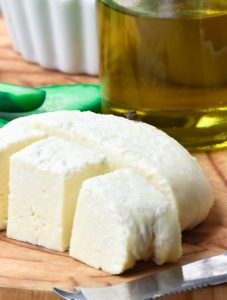
Lebanese Local Cheese, Jibneh Baladi (Baladieh), Jibneh Khadra
Every country in the world has their own great cheeses, and Lebanon is no exception! While Lebanon doesn’t have the kind of cheese making varieties found in France, still the country produces some great white cheeses that deserve a spot. Being a Lebanese, I grew up on eating them on regular basis, including Jibneh Baladieh(Baladi). The best dairy production in Lebanon is in Beqaa region where a broad fertile valley nestled in Eastern Lebanon and home to extensive dairy farming, some of these farms date back centuries where most have passed from generation to generation. The region’s main production is labneh, shanklish, halloumi, Akkawi, double crème, kishik, baladi and other white cheeses made of unpasteurized mixture of goat, cow and sheep’s milk.
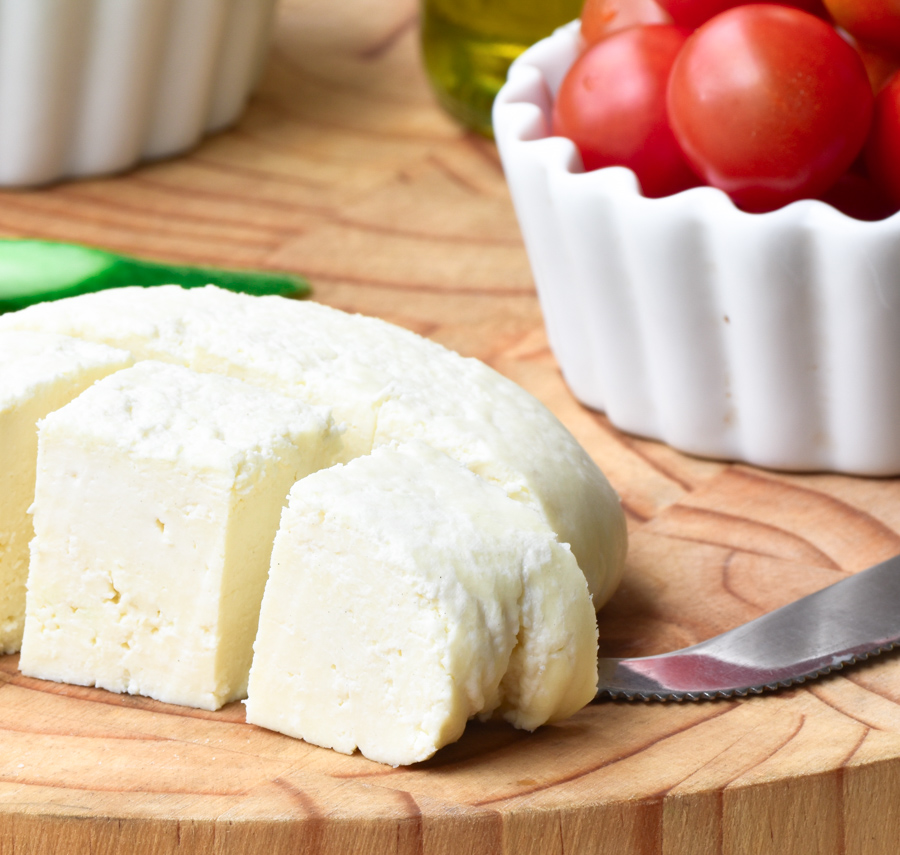
Alternatively, since we don’t have access to raw milk, I am gone be showing you 2 versions of making Jibneh Baladi, one using pasteurized whole milk from the grocery store and another one using whole milk powder. Both do not require a rennet or starter cultures.
How the process works?
It starts with whole milk. First you bring the milk to a boil, then add the vinegar which acts as a curdling agent; the acid in the vinegar causes the proteins to coagulate the milk and get them together in visible solids floating to the surface, the action forms immediately, stir gently as you add the vinegar, set aside for a complete separation.
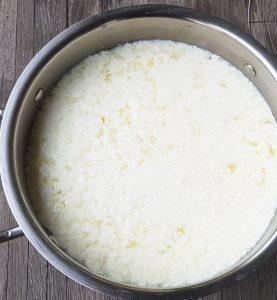
Line a colander with a cheesecloth over a large bowl, to catch the whey, don’t discard the whey (the yellowy liquid dripped in the bowl) we will need it later to brine your cheese in.
Using a spider spoon, ladle out the curds.
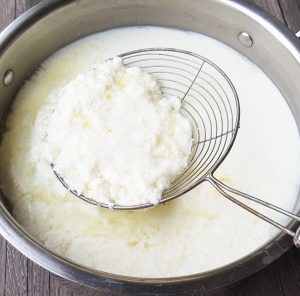
Pile them in a cheesecloth, you may need to do that repeatedly until no more visible solids.

Grab the ends of the cheesecloth and wrap into a ball form to fully embrace the curds, twist to squeeze as much fluids as you can. The more the better. Put a heavy object, like a book, on top of the cheese to get rid of the excess fluids. Keep it for 10 minutes, then transfer the cheese to a bowl and press a bit, the cheese will set and take the shape of whatever bowl or plate you place it in.
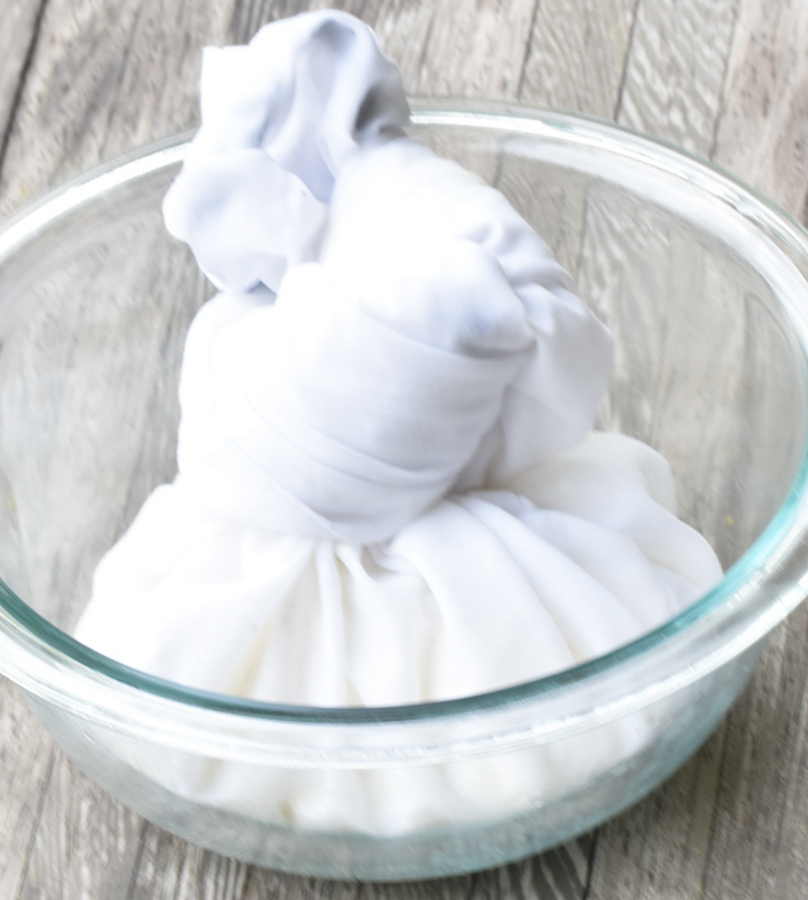
Keep it for 15 minutes no more. Unwrap the cheese.
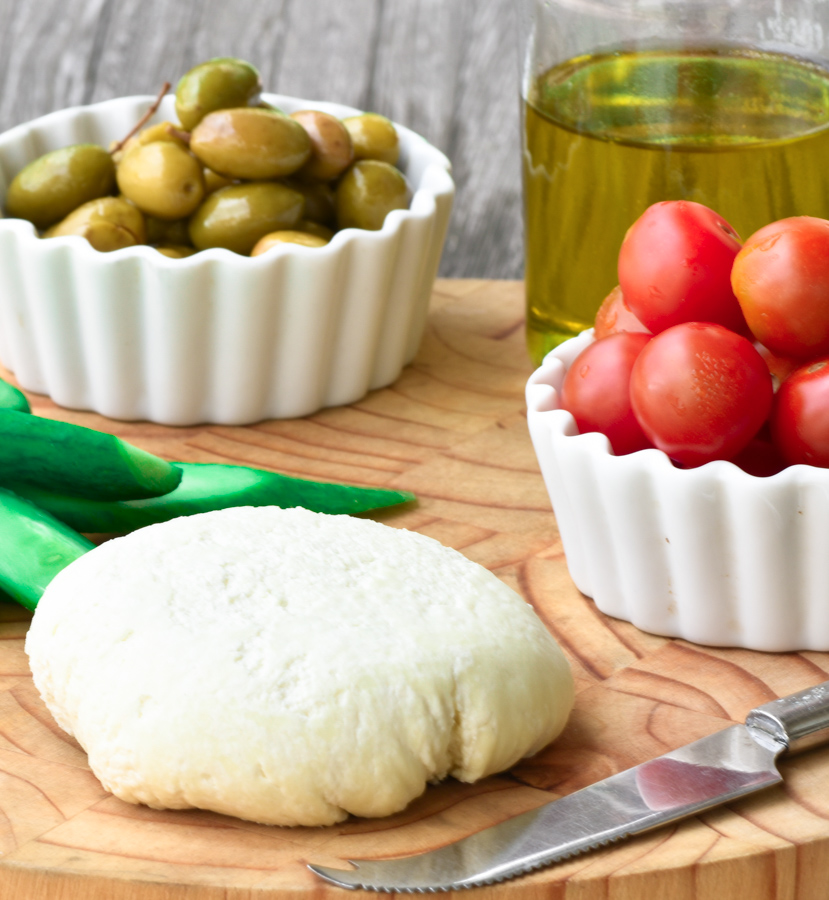
Don’t discard the whey (the yellowy liquid dripped in the bowl) we will need it later to brine your cheese in. Strain the whey: set a fine sieve lined with strong kitchen paper towels or a coffee filter over a large bowl, strain to make it more clear. Transfer 3 cups of the whey to a saucepan and bring to boil. Add the salt, stir well to homogenize the mix. Set aside to completely cool down.

Transfer the cheese to a deep container and pour the whey, covering the cheese.
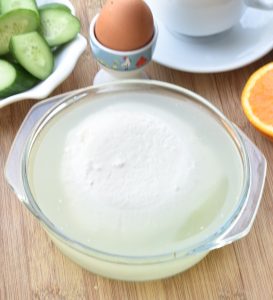
Alternatively, you can cut the cheese to medium sized squares before covering with the whey. Refrigerate and eat eat within 2 weeks
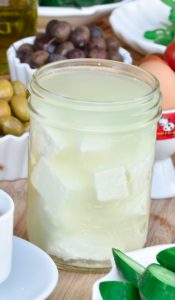
Can I use skim milk to make Jibneh Baladi/Baladieh?
I would not recommend the skim stuff in making Jibneh Baladieh. For the best texture and flavor use whole milk.
Can I freeze the cheese?
Don’t freeze the cheese, the texture will not be the same. The cheese can be refrigerated for 2 weeks, it is not suitable for long term storage.
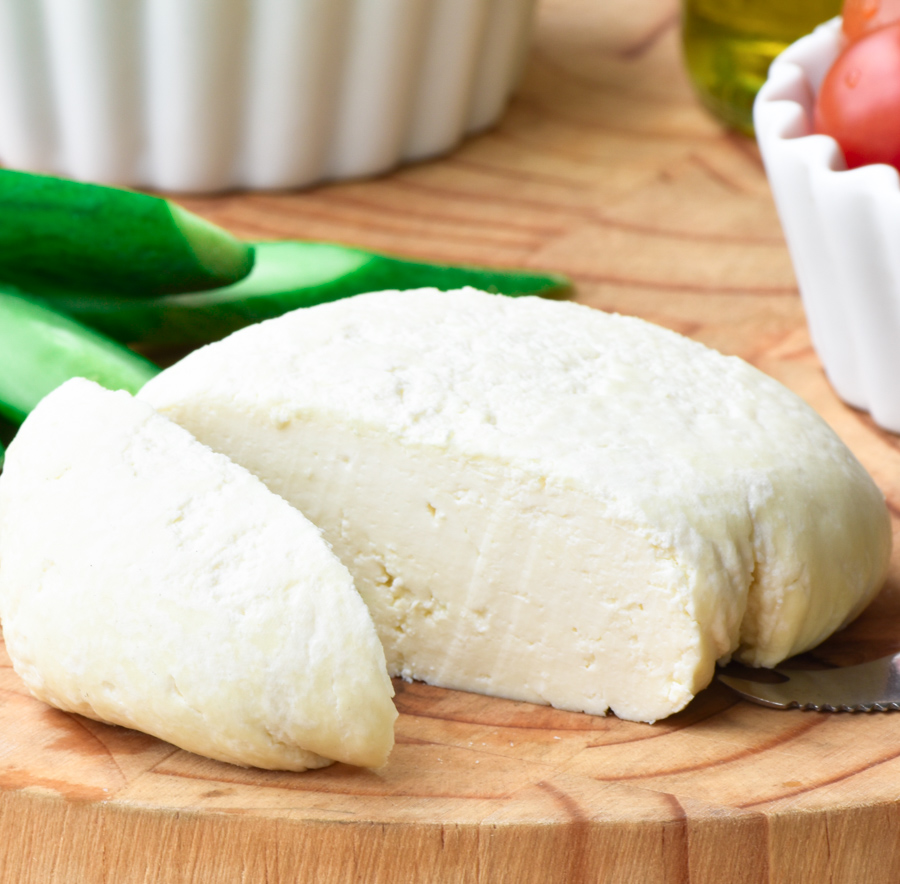
What to eat with Jibneh Baladieh?
Strictly speaking, this is more of a breakfast treat served with tea, cucumbers, olives, boiled or fried eggs and bread , but you could easily serve it as part of the Lebanese mezze spread, or pair it with watermelon on a hot summer day.
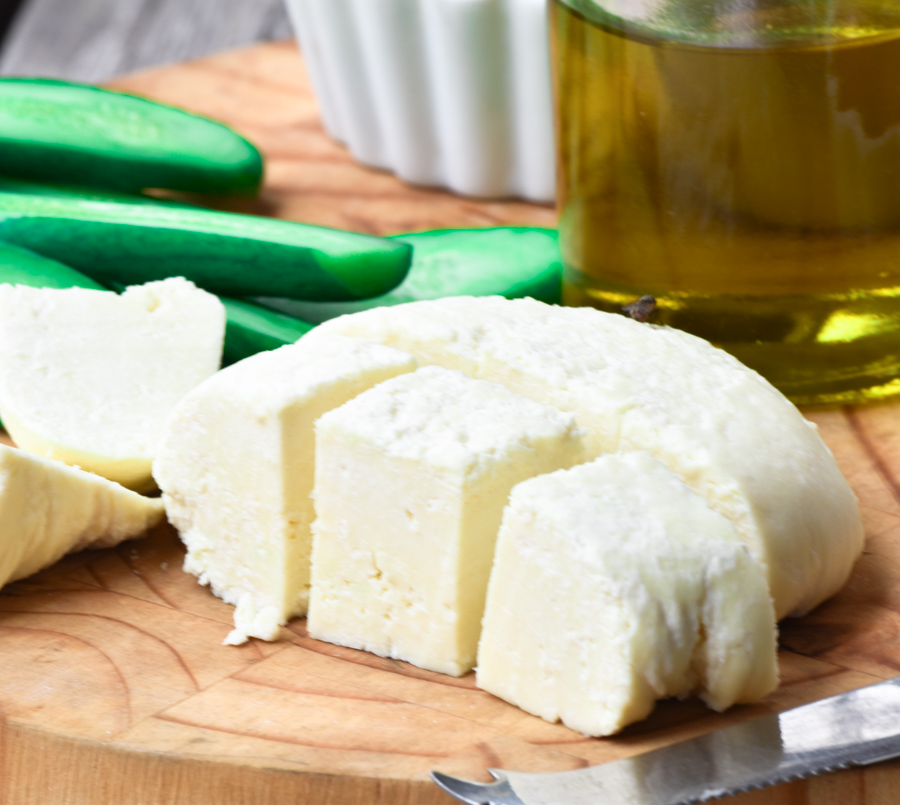
It is inexpensive to make Jibneh Baladieh/ Baladi, and ingredients are found in every home pantry with no extreme work which makes it a great choice for a beginner cheese maker. It is fascinating to see the magical transformation of milk into cheese.
Full Cream Milk Powder Version
Ingredients:
- 4 liters / 4.2 quarts water
- 24 heaped tablespoons full cream milk powder
- 1/2 cup white vinegar
- 3 teaspoons salt, to be added later to the whey
Directions:
- Combine together the milk powder and water in a pot large enough to accommodate both, whisk until the milk is thoroughly dissolved. Heat to 50 °c / 122 °F, you don’t need to boil since the powdered milk is pasteurized. Set aside.
- Stir in the white vinegar, you will immediately notice the curds separating from the whey because the acid in the vinegar causes the proteins to coagulate the milk and get them together in visible solids floating to the surface, the action forms immediately. Set aside for a complete separation.
- Line a colander with a cheesecloth over a large bowl, to catch the whey, don’t discard the whey (the yellowy liquid dripped in the bowl) we will need them later to brine your cheese in.
- Using a spider spoon, ladle out the curds; pile them in a the cheesecloth, you may need to do that repeatedly until no more visible solids Grab the ends of the cheesecloth and wrap into a ball form to fully embrace the curds, twist to squeeze as much fluids as you can. The more you squeeze the better. Put a heavy object, like a book, on top of the cheese to get rid of the excess fluids. Keep it for 10 minutes, then transfer the cheese to a bowl and press a bit, the cheese will set and take the shape of whatever bowl or plate you place it in. Keep it for a couple of 15 more minutes. Unwrap the cheese.
- Strain the whey: set a fine sieve lined with strong kitchen paper towels or a coffee filter over a large bowl, strain the whey to make it more clear.
- Transfer 3 cups of the whey to a saucepan and bring to boil. Add the salt, stir well to homogenize the mix. Set aside to completely cool down. Transfer the cheese block to a deep container and pour the whey, covering the cheese. Alternatively, you can cut the cheese to medium sized squares before covering with the whey. Refrigerate and eat eat within 2 weeks. Happy eating!
Liquid Whole Milk Version
Ingredients
- 4 litres/ 4.2 quarts whole milk (not ultrapasturized)
- 1/2 cup white vinegar
- 3 teaspoons salt
Directions:
- Pour milk to a large pot and heat over high until reaching a boiling point, making sure to stir the milk to keep it from scorching.
- Reduce heat to low and slowly add the white vinegar. You will immediately notice the curds separating, if for any reason the separation is not visible, add 1 tablespoon white vinegar. Set aside.
- Line a colander with a cheesecloth over a large bowl, to catch the whey, don’t discard the whey (the yellowy liquid dripped in the bowl) we will need them later to brine your cheese in.
- Using a spider spoon, ladle out the curds; pile them in a the cheesecloth, you may need to do that repeatedly until no more visible solids, grab the ends of the cheesecloth and wrap into a ball form to fully embrace the curds, twist to squeeze as much fluids as you can, the more you squeeze the better, but beware it is too hot to handle. Put a heavy object, like a book, on top of the cheese to get rid of the excess liquid. Place the cheese in a bowl, the cheese will set and take the shape of whatever bowl or plate you place it in. Keep it for 15 minutes no more. Unwrap the cheese.
- Strain the whey: set a fine sieve lined with strong kitchen paper towels or a coffee filter over a large bowl, strain it to make it more clear.
- Transfer 3 cups of the whey to a saucepan and bring to boil. Add the salt, stir well to homogenize the mix. Set aside to completely cool down. Transfer the cheese block to a deep container and pour the whey, covering the cheese. Alternatively, you can cut the cheese to medium sized squares before covering with the whey. Refrigerate and eat eat within 2 weeks. Happy eating!
TO PIN IT

More Lebanese Dairy recipes worth checking out:
- Labneh
- Labneh Balls
- Labneh with Garlicky Cherry Tomatoes and Dukkah
- Breads to enjoy with Jibneh Baladieh
- Pita Bread
- Kaak
- Simit
What’s your favorite ways of eating jibneh baladieh? share them in the comment section.
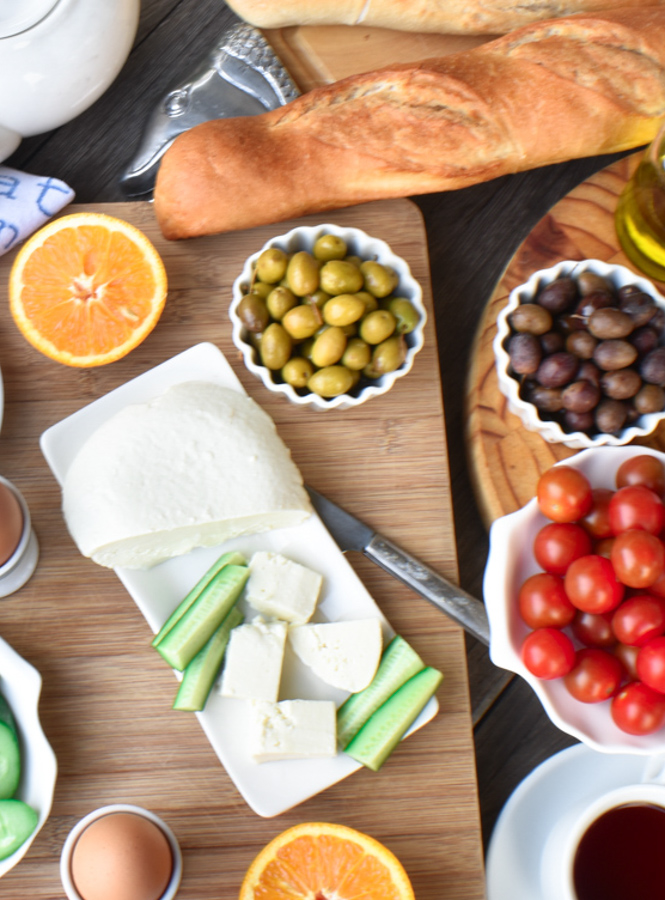
If you make this recipe, leave a comment below, or share your pictures on Facebook! I would love to see your creations!! Hashtag, #Hadia’s lebanese Cuisine
Subscribe to Our Newsletter
Instructions
No Steps Found !
- Servings : 2
- Course : BREAKFAST, Side, Snacks
- Recipe Type : APPETIZERS, APPETIZERS, BreakFast, BREAKFAST, Gluten-free, LEBANESE RECIPES, RECIPES FROM AROUND THE WORD, Snacks
- Ingredient : Cheese
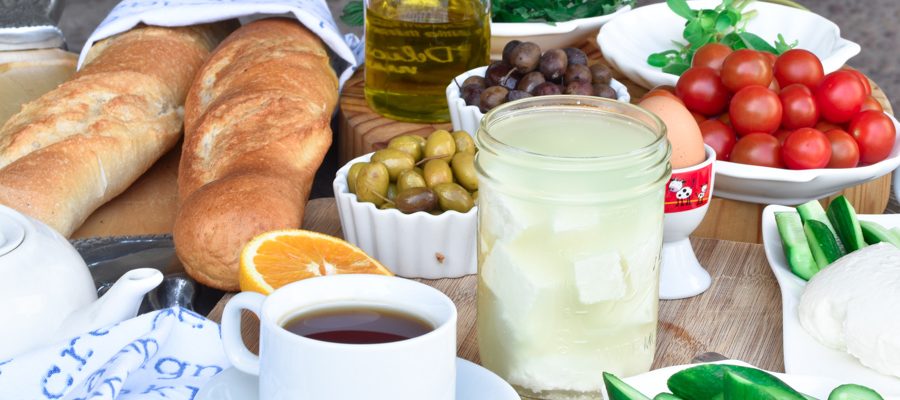
7 Responses to Lebanese Local Cheese, Jibneh Baladi (Baladieh), Jibneh Khadra
Leave a Reply to Hadia Zebib Click here to cancel reply.
About Chef
Hadia Zebib
I am Hadia, the face behind Hadia’s Lebanese Cuisine. I grew up in Beirut Lebanon and I currently reside in Kinshasa, Congo with my husband and my three adorable sons, ...
Read more about this chef..

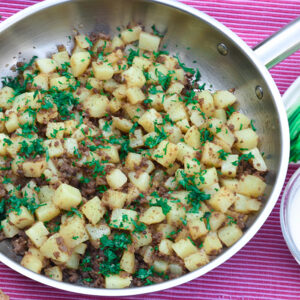
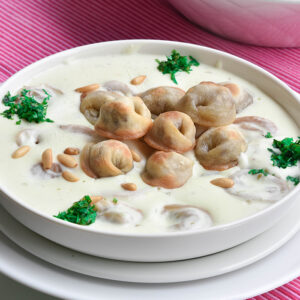
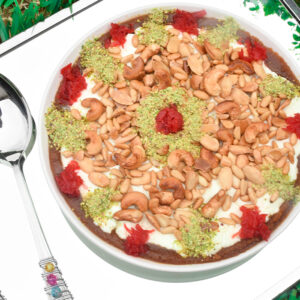


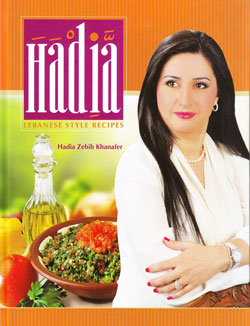
Gosh Hadia! I think I’m going to try making this cheese! You know me. I like easy and UNcomplicated!🥰🥰🥰🥰
Thank you Ally, this could be the easiest cheese to make and the process is absolutely fascinating. I hope you give it a try. Xo xo
Such a great straightforward recipe and never thought I would be able to make cheese one day. We ate it with pita bread and cucumbers. The cheese was so good and easy to make. The coming time, will reduce the salt a bit, personal preference. Than you Hadia.
Thank you kaila for your feedback, so happy to know you liked.
Greetings from the US. we can only get pasteurized milk in the US. Selling raw milk is illegal. Can I make the cheese with pasteurized milk? Thanks.
Hi Mary-Rose. Definitely you can use the pasteurized milk, but not the ultra pasteurized. Pasteurized milk has been heated to such a high temperature where all the bacteria and enzymes are completely changed. Consequently, it will not form a cheese. Welcome!
I made this and it was so much fun. I love it and will be making it again.